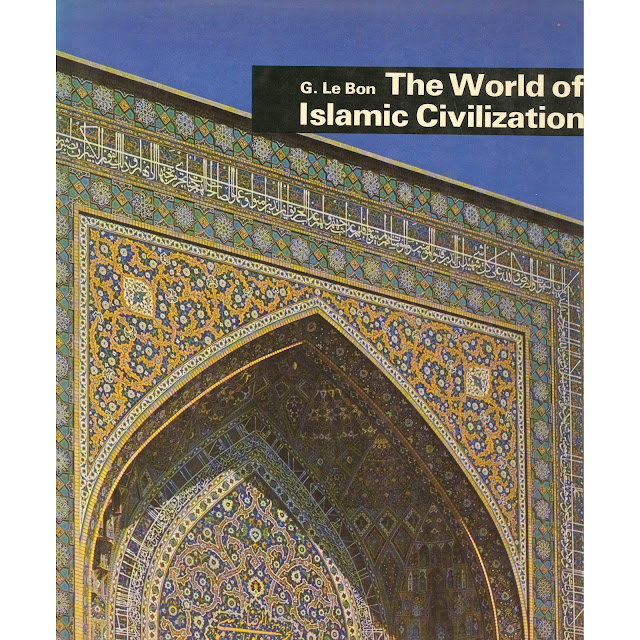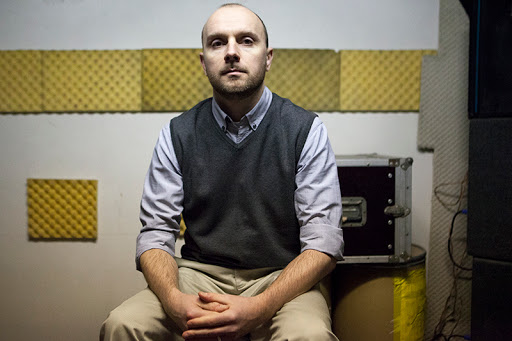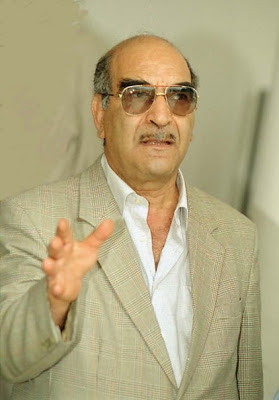"Black Muslim: Religion in the Nation Of Islam 1960 - 1975" Edward E. Curtis IV
 Elijah Muhammad´s Nation of Islam came to America´s attention in the 1960´s and 1970´s as a radical separatist African American social and political group. But movement was also a religious one. Edward E. Curtis IV offers the first comprehensive examination of the rituals, ethics, theologies, and religious narratives of the Nation of Islam, showing how the movement combined elements of Afro-Eurasian Islamic traditions with African American traditions to create a new form of Islamic faith.
Elijah Muhammad´s Nation of Islam came to America´s attention in the 1960´s and 1970´s as a radical separatist African American social and political group. But movement was also a religious one. Edward E. Curtis IV offers the first comprehensive examination of the rituals, ethics, theologies, and religious narratives of the Nation of Islam, showing how the movement combined elements of Afro-Eurasian Islamic traditions with African American traditions to create a new form of Islamic faith.Considering everything from bean pies to religious cartoons, clothing styles to prayer rituals, Curtis explains how the practice of Islam in the movement included the disciplining and purifying of the black body, the reorientation of African American historical consciousness toward the Muslim world, an engagement with both mainstream Islamic texts and the prophecies of Elijah Muhammad, and the development of a holistic approach to political, religious, and social liberation.
Curtis´s analysis pushes beyond essentialist ideas about what it means to be Muslim and offers a view of the importance of local processes in identity formation and the appropriation of Islamic traditions.
Edward E. Curtis IV is Millennium Scholar of Liberal Arts and associate professor of religious studies at Indiana University – Purdue University Indianapolis. He is author of Islam in Black America: Identity, Liberation and Difference in African American Islamic Thought
%%%%%%%%%%%%%%%%%%%%%%%%%%%%%%%%%%%%%%%%
Title: Black Muslim: Religion in the Nation Of Islam 1960 - 1975
Author: Edward E. Curtis IV
Publisher: The University of North Carolina Press
Year: 2006
Number of pages: 241
%%%%%%%%%%%%%%%%%%%%%%%%%%%%%%%%%%%%%%%%
:: Contents ::
1. Chapter One
What Islam has done for me: Finding religion in the Nation of Islam
2. Chapter Two
Making a Muslim messenger: Defending the Islamic legitimacy of Elijah Muhammad
3. Chapter Three
Black Muslims history narratives: Orienting the Nation of Islam in Muslim time and space
4. Chapter Four
The Ethics of the Black Muslim body
5. Chapter Five
Rituals of control and liberation
Conclusion: Becoming Muslim again





